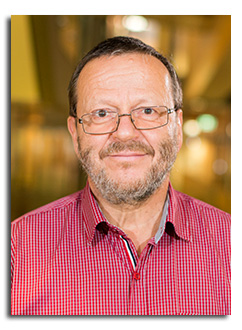
Abstract
All solar cells show inhomogeneous electronic properties. These inhomogeneities degrade the conversion efficiency of the cells. This holds in particular for multicrystalline (mc) silicon cells, here local differences of the lifetime of more than an order of magnitude exist. This contribution summarizes our research in this field in the last two decades. It explains how these inhomogeneities can be imaged and quantified, and the physical origins and the efficiency degradation potential of J01, J02, and ohmic current inhomogeneities are reviewed. Recent STEM investigations have revealed that the dominant defect-induced recombination in mc material is due to so-called Lomer dislocations, dominating the recombination in small-angle grain boundaries. J02 currents are flowing in positions where extended defects like scratches or the cell edge are crossing the pn-junction. Therefore J02 currents are always highly localized, in contrast to J01 currents. Also the nature of ohmic currents, which are also always localized, is reviewed. Hence, for describing most of the area of silicon solar cells, a one-diode model is sufficient, but J02 and ohmic currents reduce the efficiency in particular at low illumination intensity. Examples for quantitatively estimating the degradation potential of local J01, J02, and ohmic currents are given for two typical solar cells under two illumination intensities. Finally, different pre-breakdown mechanisms are reviewed. Except of the three previously known mechanisms, one new mechanism is described, which is dominant for monocrystalline cells.
Click here to see all available video seminars.
Click here to go to the SPREE HOMEPAGE.
Brief Bio
- Ph.D. in Physics at Leipzig University in 1980 on Deep Level Transient Spectroscopy (DLTS).
- Working until 1992 at Academy Institute oft Solid State Physics and Electron Microscopy in Halle on Scanning DLTS.
- Since 1992 working at Max Planck Institute of Microstructure Physics in Halle.
- Main topic: Local characterization of solar cells by imaging methods like lock-in thermography, luminescence imaging, SEM-EBIC, and (S)TEM.
- Several hundred publications in journals and at conferences.
- Author of a book on lock-in thermography.
